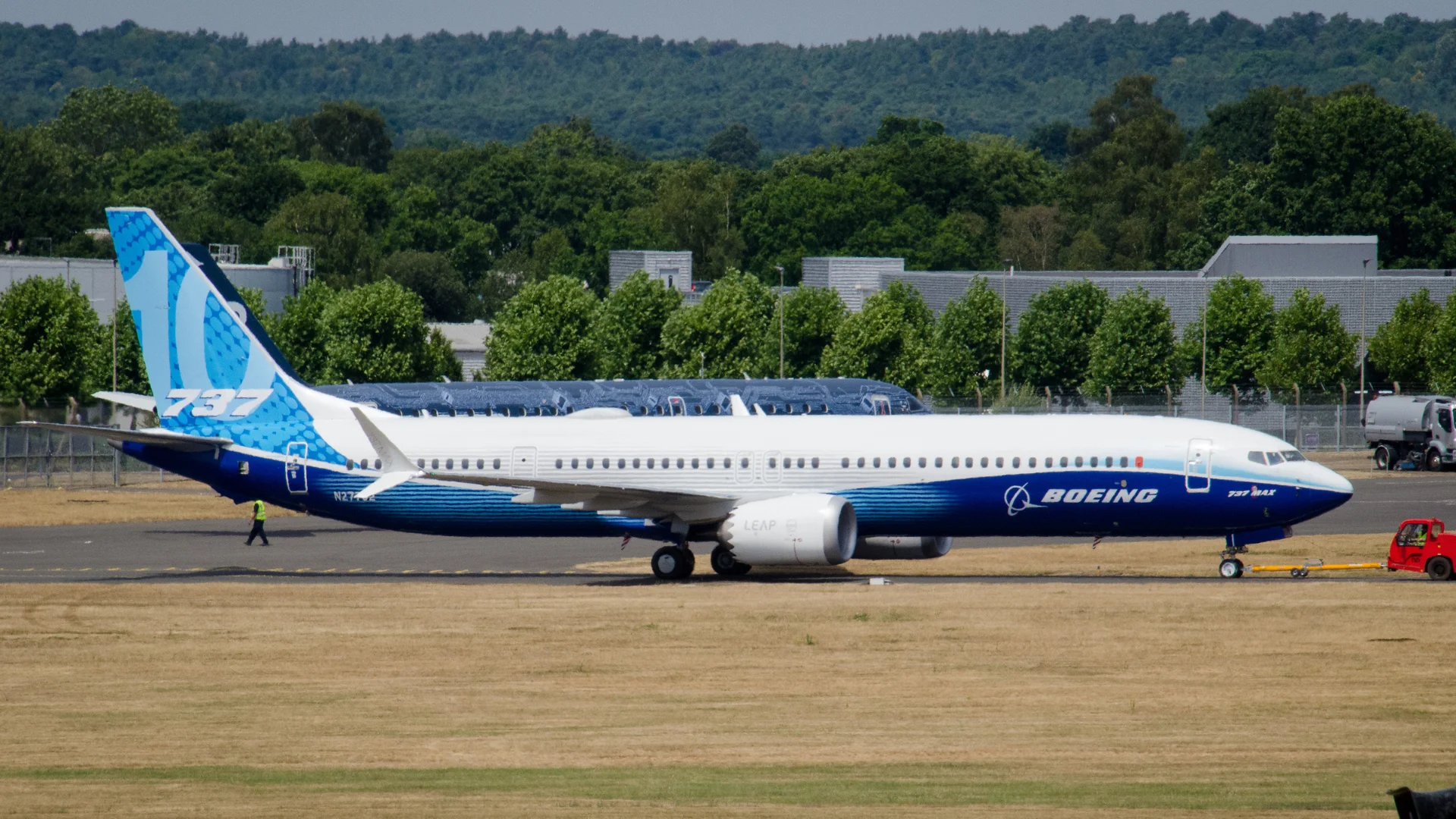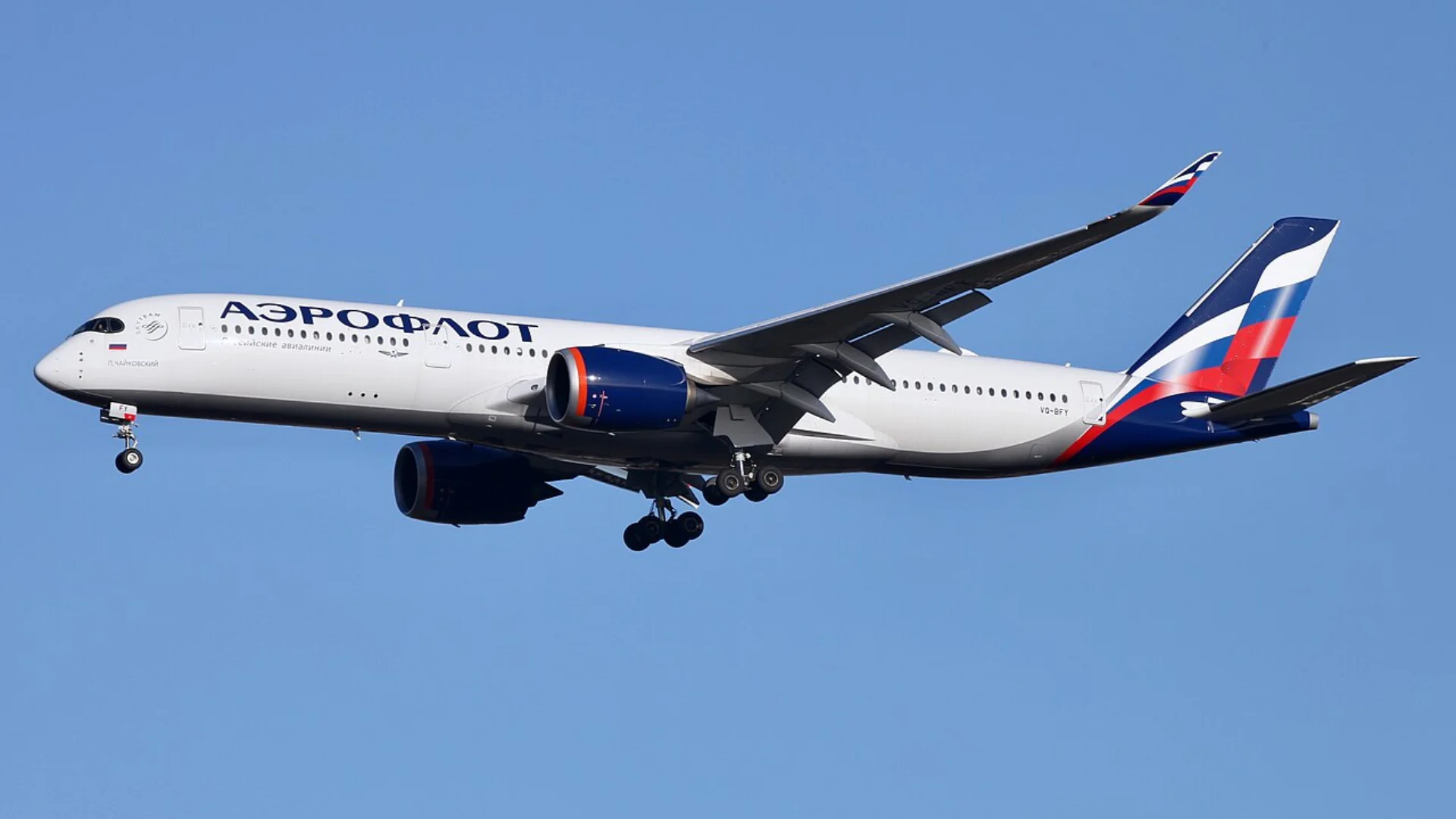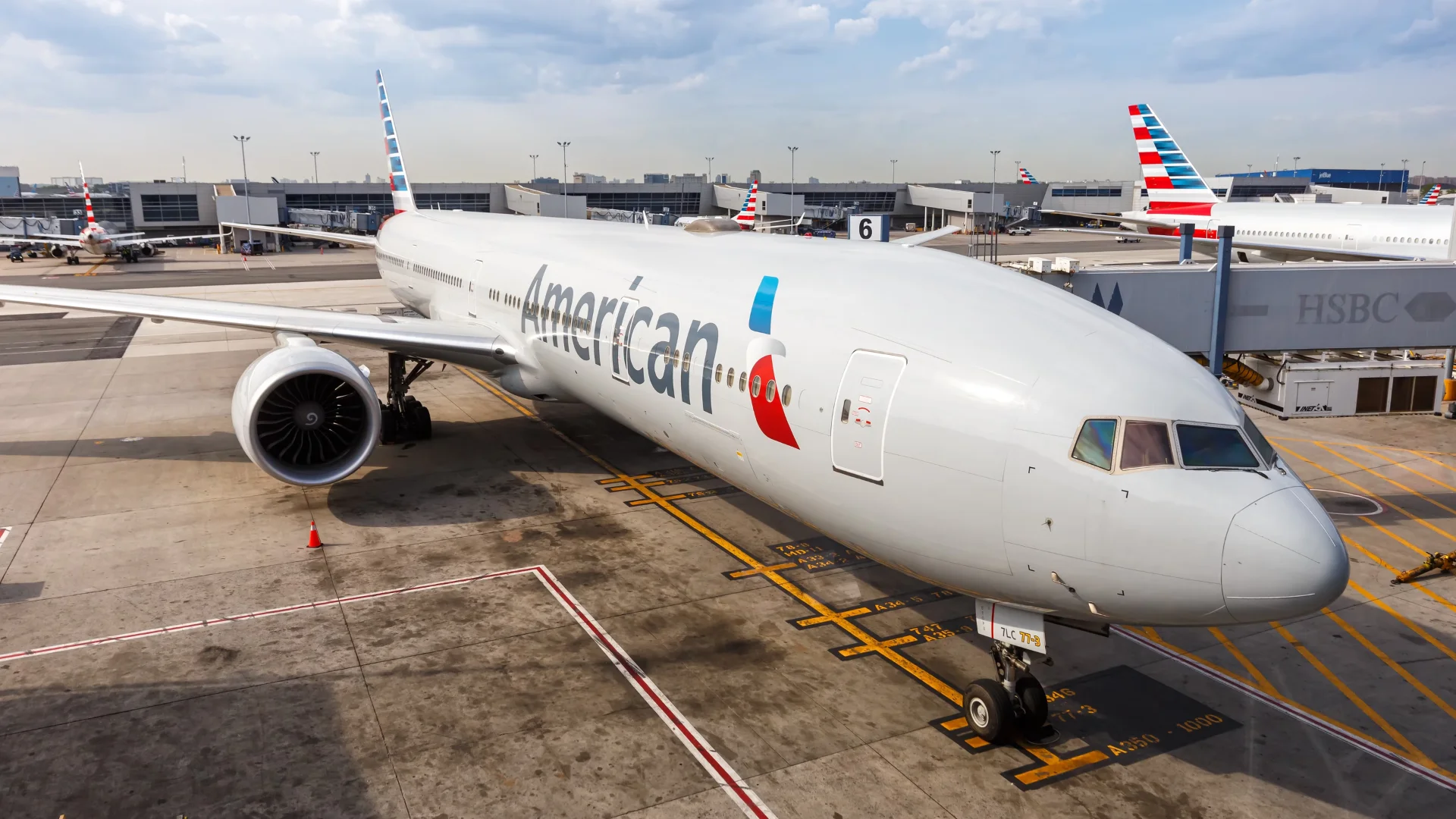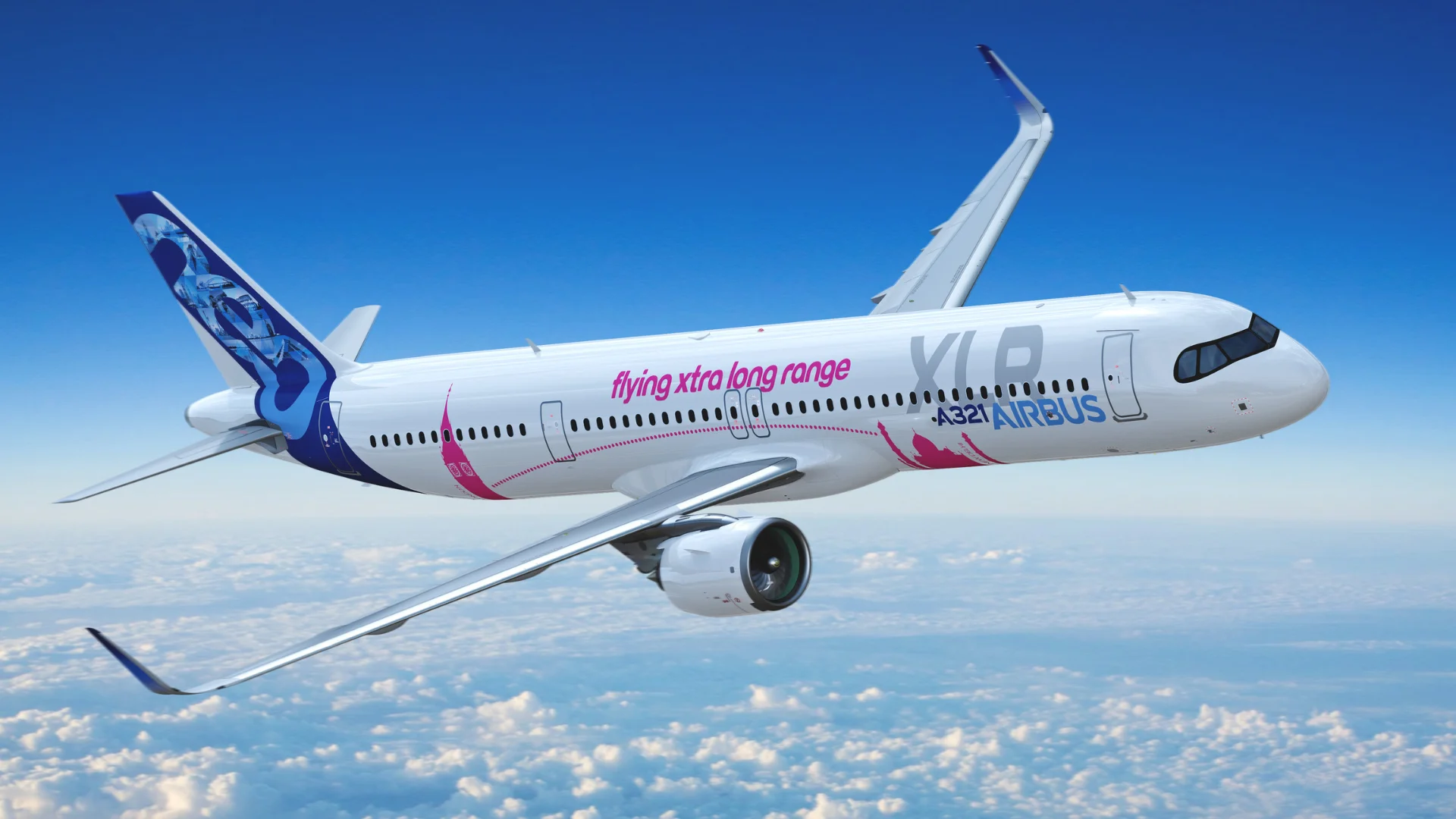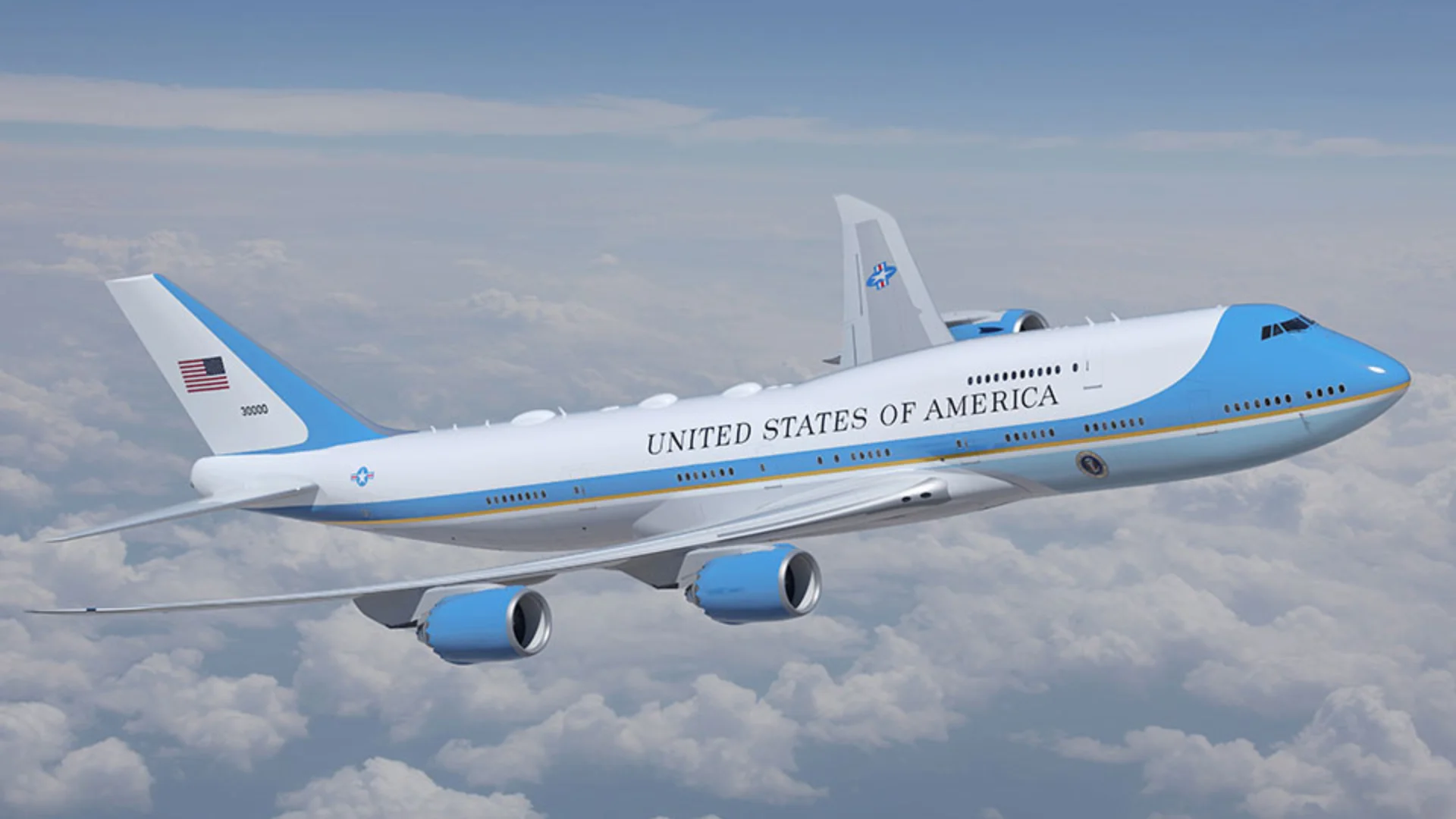The 1930s marked a period of significant advancements in aviation, with numerous innovative designs emerging. Among these was the Italian Stipa-Caproni, a unique aircraft featuring a tubular fuselage with a piston engine at its center. This design has been viewed by some as an early form of jet engine technology. The Stipa-Caproni was developed by aeronautical engineer Luigi Stipa and the aircraft manufacturer Caproni.
Stipa's understanding of thermodynamics and the Venturi effect—a phenomenon where fluid pressure decreases as it flows through a constricted section—led him to theorize that an aircraft utilizing this principle could achieve higher speeds than conventional designs of that era. After conducting wind tunnel experiments, Stipa concluded that constructing a full-scale prototype with a tube-shaped fuselage was feasible, though practical application would require larger aircraft.
In 1931, the Kingdom of Italy approved the project, resulting in the construction of a prototype ready for testing by October 1932. Both Stipa and the Italian Air Ministry recognized that the project aimed to test theoretical concepts rather than lead to further development.
 Alerts Sign-up
Alerts Sign-up
















